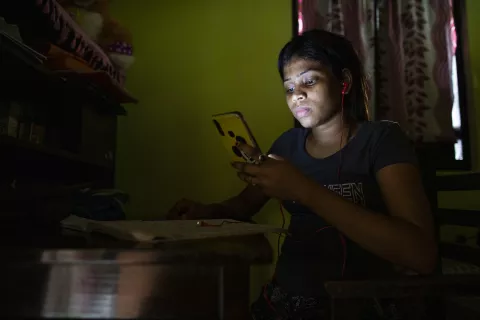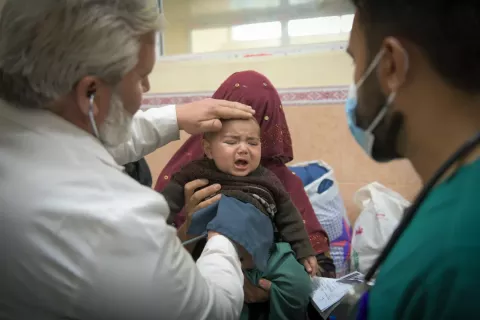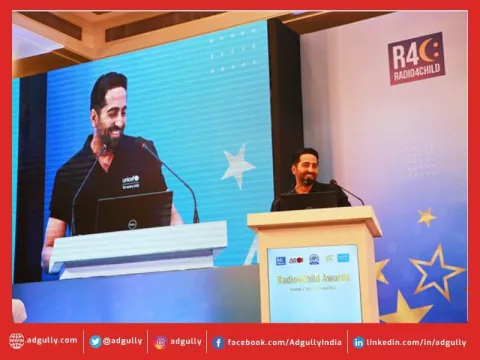What Works for Girls in South Asia
A Situational Analysis

Highlights
Adolescents in South Asia face numerous challenges in accessing health, education, water and sanitation, child protection and social protection services. Girls are further burdened by unremunerated care responsibilities within households. Adolescents in South Asia are also affected by pervasive gender-based violence, in particular child, early and forced marriage (CEFM) and, in some settings, have experienced war and humanitarian emergencies. Despite strong commitments to adolescent girls’ development, some governments in South Asia still need to implement legislative and policy reforms for girls to thrive. In some countries, adolescent girls are prohibited from gaining an education; in other countries, schools are sites of entrenched gender inequality, harassment and gender-based violence, while comprehensive sexuality education is subject to government regulation. Adolescent girls face numerous barriers in accessing health services, including policies that require male or parental consent: a direct violation of their rights to health and their evolving capacity.
UNICEF’s Regional Office for South Asia commissioned this situation analysis to assess the current landscape of programming designed to address the specific needs of adolescent girls in the region through a gender transformative lens. The analysis was designed to be broad in scope, though not a comprehensive or systematic assessment of all UNICEF-led or partner programmes in the region. This review was designed to explore the ability of or potential for programming to target and reduce gender inequalities that negatively impact and restrict girls in line with the UNICEF Global Adolescent Girl Strategy 2022–2025 and the regional framework. Rewriting the Narrative For the Second Decade With and For Girls in South Asia 2022–2025. The study focused on identifying key gaps, challenges and practices with promise to accelerate progress.





